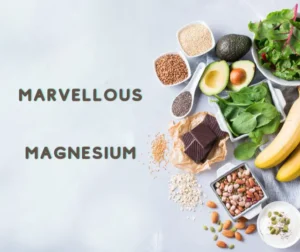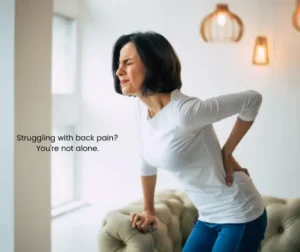
Have you ever noticed in winter you feel more moody, fatigued, your body aches more and your immunity is weakened? Low Vitamin D levels could be partly to blame. This “sunshine vitamin” has been shown to play a crucial role in improving mood levels, fighting disease, promoting normal immune system function and helping to regulate calcium and phosphorus absorption for proper bone health and development.
More and more Australians are discovering they are lacking in this important vitamin.
The majority of our Vitamin D comes from the sun’s UV rays. During the cold winter months, we are more susceptible to Vitamin D deficiency as sunshine can be rare and we tend to spend less time outdoors.
So which groups of people are at greater risk of low Vitamin D levels?
- The elderly, people in residential / institutional care or who are housebound.
- Naturally darker skin tones (darker skin reduces the penetration of UV light)
- People who avoid the sun for skin protection purposes or due to other medical reasons
- Suffer from medical conditions that can impact on your ability to absorb / process vitamin D (e.g. coeliac disease, inflammatory bowel disease, liver or renal disease)
- Babies of vitamin D deficient mothers
A blood test can be ordered to diagnose Vitamin D deficiency. If levels are found to be low, a Vitamin D supplement (either tablet or liquid) may be prescribed if obtaining the full recommended dosage naturally through food and sun exposure may be difficult.
Foods that contain Vitamin D include oily fishes (e.g. salmon, tuna, mackerel, herring, sardines) and egg yolk. However, not many foods contain naturally forming Vitamin D so some are fortified like milk, cereal, yoghurt and orange juice.
Since our main natural source of Vitamin D is through sunlight exposure, it is vital that you seek a balance between getting sunshine while avoiding the risk of sun damage.
During the summer months, exposure during mid-morning or mid-afternoon outside of the peak UV times for a just few minutes is recommended. In winter, your exposure times should be around midday. You may require a few hours of sunlight exposure during the week over the colder months.
You can visit the Bureau of Meteorology website to check on daily sun protection times. You should aim for exposure times when the UV index is below 3, otherwise please ensure you use sun protection (sunscreen, hats, sunglasses etc).






